Elevate your local knowledge
Sign up for the iNFOnews newsletter today!
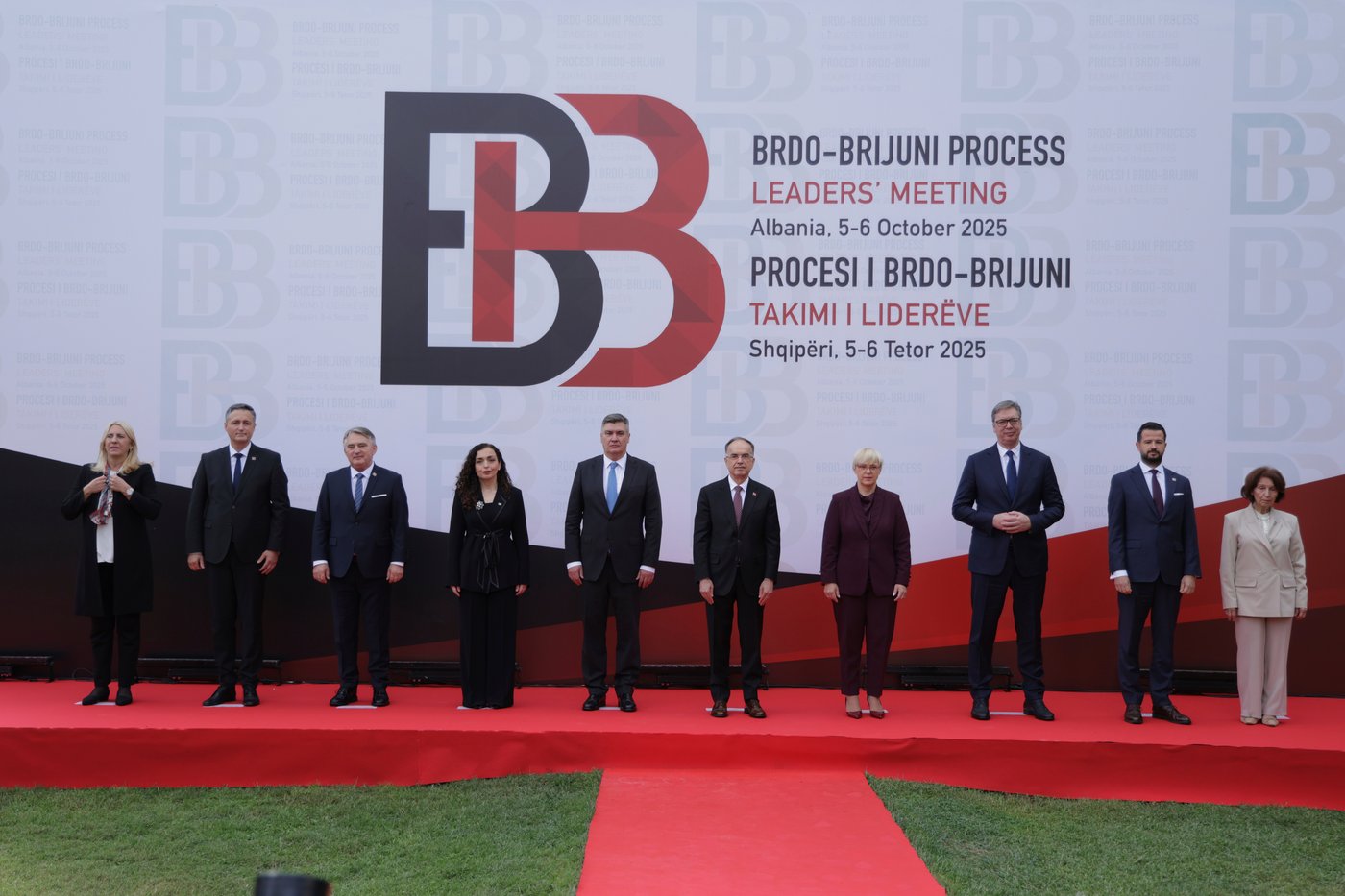
GOLEM, Albania (AP) — Leaders of the Western Balkan countries on Monday reaffirmed their commitment to a joint European future, pledging to deepen cooperation and accelerate reforms that would bring the region closer to the European Union.
The presidents of the Western Balkan nations gathered in Golem, Albania, 50 kilometers (30 miles) west of the capital of Tirana, in an annual gathering. It is part of a diplomatic initiative launched by EU members Slovenia and Croatia in 2013 to support EU enlargement to the Western Balkans — a region that includes Albania, Bosnia, Serbia, Montenegro, North Macedonia and Kosovo.
In a joint declaration, the leaders highlighted their “shared vision toward the European perspective of our entire region.”
“We reaffirm our commitment to support European integration and inclusive regional cooperation with the objective of a peaceful, strong, stable, prosperous and united Europe,” it said.
The countries are working to join the EU but are at different stages in their membership path, with Montenegro and Albania ahead and Serbia, Bosnia, Kosovo and North Macedonia lagging behind.
The EU’s openness to accept new members has grown since the all-out war in Ukraine started on Feb. 24, 2022. There are concerns the war in Ukraine and Russia’s deepening confrontation with the West could spill over into a region still scarred by its own conflicts.
The countries welcomed the role of a 6 billion euro growth plan aimed at advancing reforms in the region.
But Slovenian President Natasa Pirc Musar also urged Brussels to speed up the process, adding that “security and peace in Europe is at stake.”
The largely ceremonial annual gathering was led by Albanian President Bajram Begaj, Pirc Musar and Croatian President Zoran Milanovic. Members of Bosnia’s tripartite presidency and the presidents of Kosovo, Montenegro, North Macedonia and Serbia also attended.
The initiative was named the Brdo-Brijuni Process after two locations — Brdo pri Kranju in Slovenia and the Brijuni Islands in Croatia — that are symbolic of reconciliation and diplomacy.
It seeks to strengthen political dialogue and promote reconciliation after the wars of the 1990s, with tensions still simmering — for instance, between Serbia and Kosovo.
___
Semini reported from Tirana, Albania.
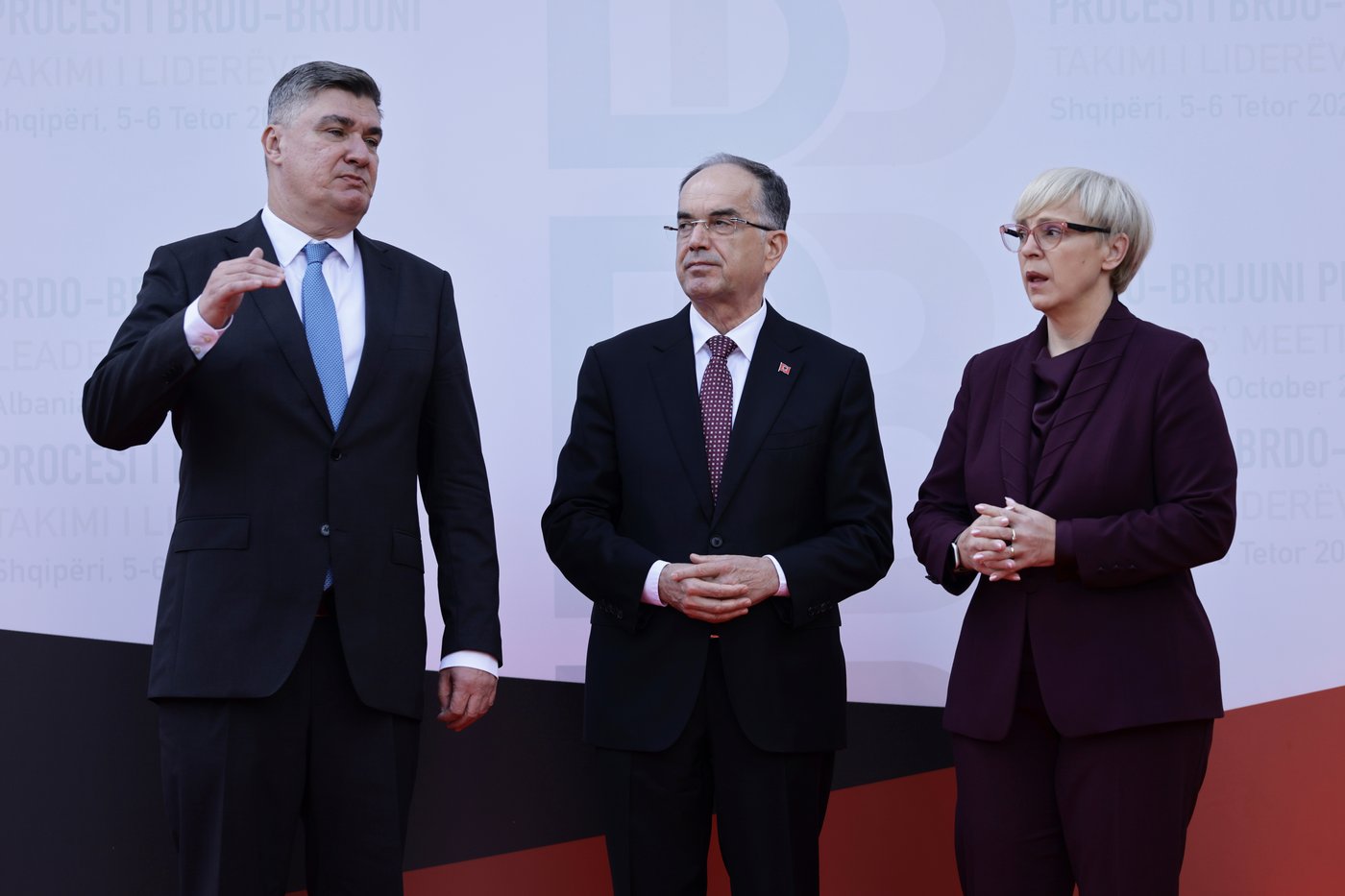
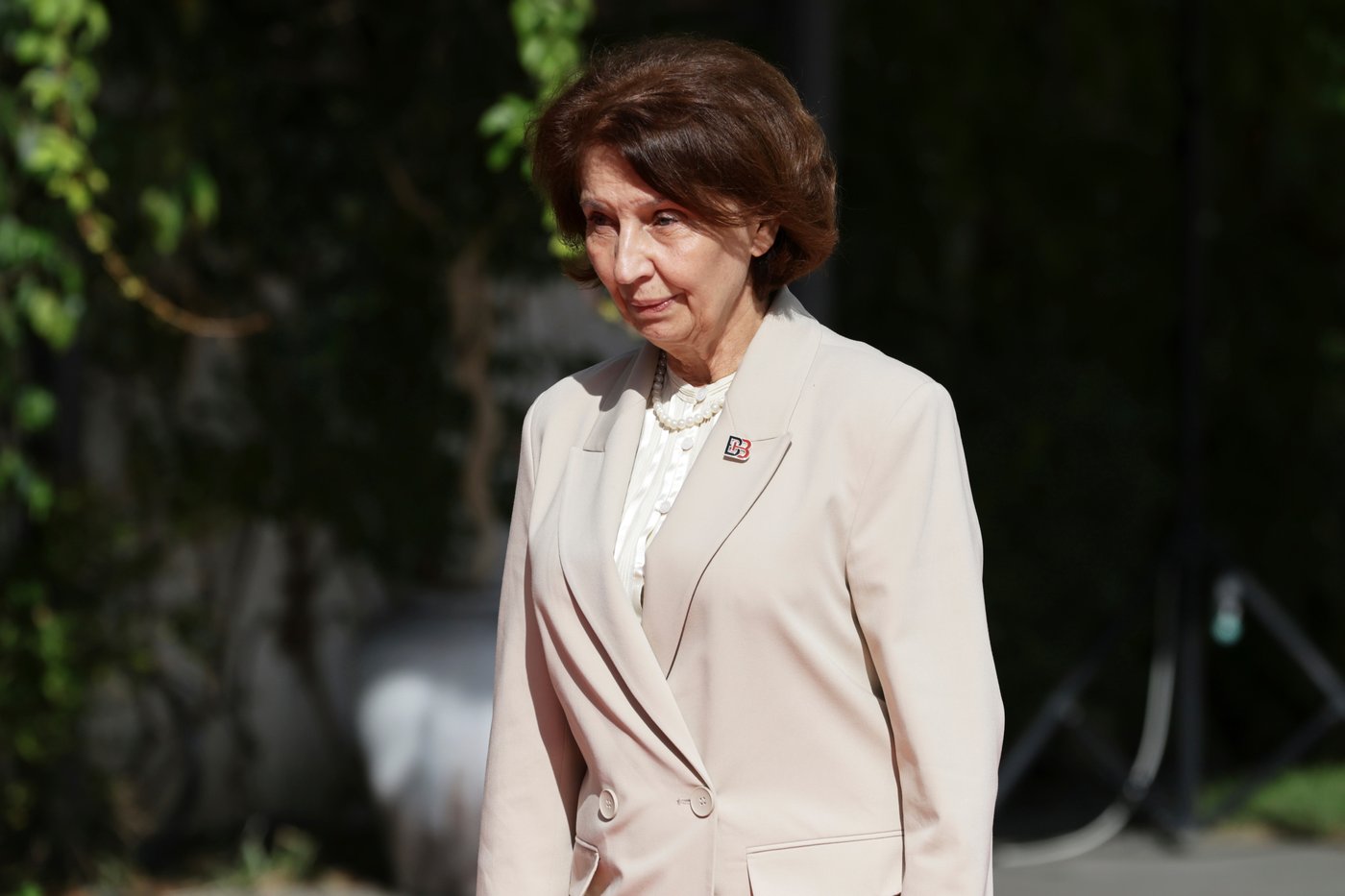
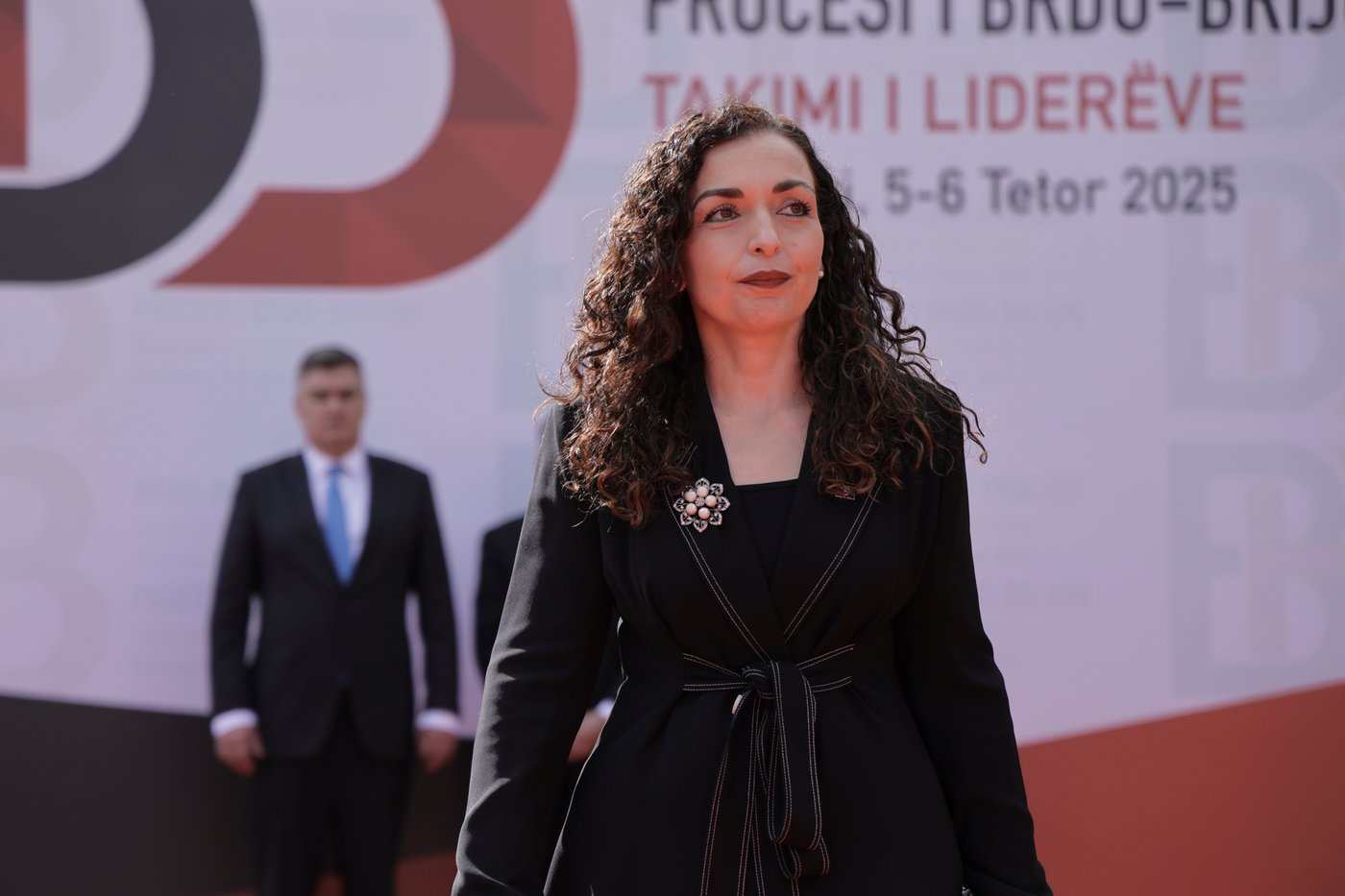
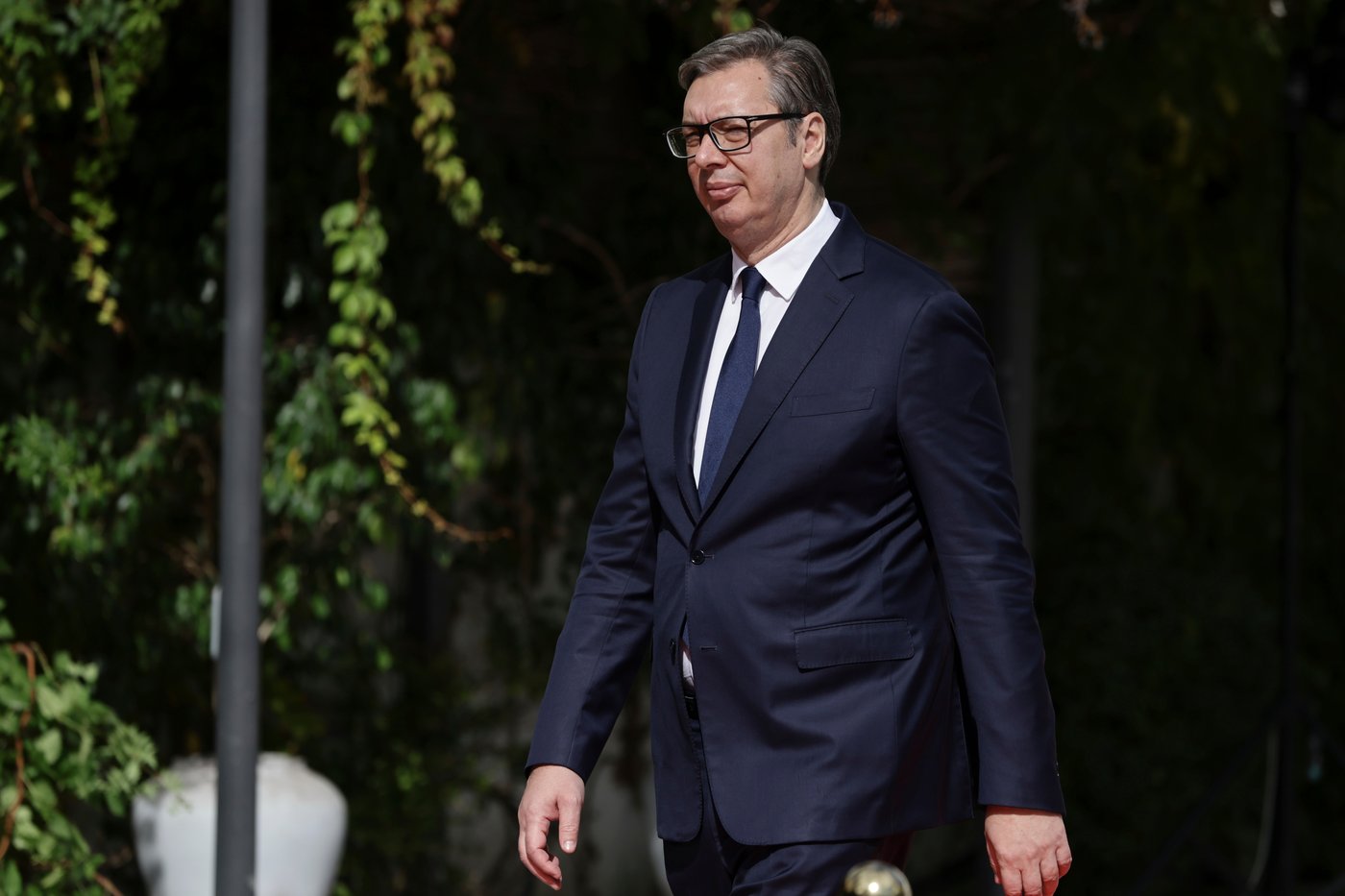
Want to share your thoughts, add context, or connect with others in your community?
You must be logged in to post a comment.